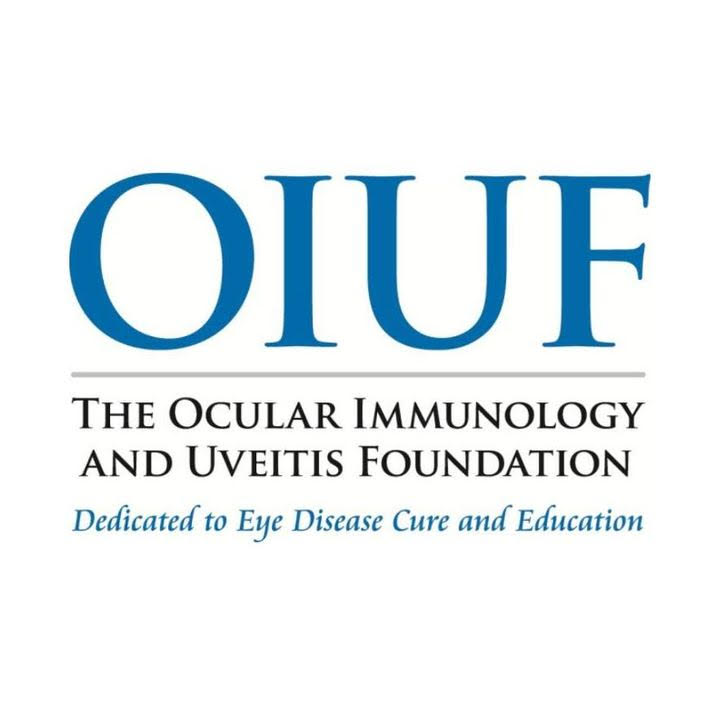Systemic Treatment of Ocular Inflammatory Disease (OID)
C. Stephen Foster, M.D., F.A.C.S., F.A.C.R
Most eye diseases which are treatable are treated with eye drops. In fact, the number of instances in which patients attending a general ophthalmologist’s office might be prescribed a systemic medication (i.e., one which is taken, for example, by mouth) is vanishingly small. Perhaps because of this and other factors, most ophthalmologists eventually consider treating patients with an eye problem only rarely with systemic medication. And while this is usually perfectly appropriate, in some instances, such as in the care of patients with uveitis, we believe that to neglect strong consideration of systemic therapy for the condition is to ensure that no progress will be made in reducing the prevalence of blindness secondary to the disease. Indeed, the evidence on the subject of the uveitis is clear: the prevalence of blindness caused by this disease has not been reduced in the past thirty years; it remains the number three cause of preventable blindness in the United States.
Eye drops (steroids) remain the mainstay and cornerstone of treatment of patients with uveitis. But some patients with uveitis continue to have episodes of active inflammation each time the topical steroid drops are reduced and discontinued. All ophthalmologists realize that they cannot keep their patient with uveitis and other forms of OID on topical steroids indefinitely; cataract is a guaranteed side effect from the chronic use of steroid eye drops; glaucoma is a significant possibility from such use; and increased susceptibility to eye infections, including those from herpes simplex virus, is also a risk. The all-too-frequent scenario, therefore, is:
Treatment of the uveitis with steroid drops, resolution of the uveitis, tapering and discontinuation of the steroid drops, recurrence of the uveitis, reinstitution of steroid eye drop therapy, etc.
We believe that there is a better way, and, in fact, the “outcomes” study data show that this is so. Our philosophy, over the past few decades has been to not tolerate even low-grade chronic uveitis, but also not to tolerate endless amounts of steroid use. We achieve this goal through a “stepladder” approach in aggressiveness of therapy. The next “step” on this stepladder, after topical steroids, is oral nonsteroidal anti-inflammatory drug therapy. This class of drug, nonsteroidal anti-inflammatory drugs, is typified by aspirin, ibuprofen, naproxen, etc. Unless a patient has a contraindication to the use of such medications chronically by mouth (for example, history of peptic ulcer disease), we place the patient on prescription strength nonsteroidal anti-inflammatory drugs, and then attempt to taper the topical steroid drops, expecting the oral nonsteroidal medication to keep the uveitis from recurring. This strategy, in our hands, is effective in approximately 70% of selected patients. In those 30% who do not respond to this strategy, we then advance to systemic immunosuppressive/immunomodulatory therapy, sometimes referred to as “chemotherapy.” I place this word in quotation marks simply because it is not the kind of chemotherapy that most patients think of when they hear that word, i.e., cancer-type therapy. Rather, it is the type of chemotherapy typically used by rheumatologists in their care of patients with severe rheumatoid arthritis, and by dermatologists in their care of patients with severe psoriasis, or in their care of patients with certain blistering dermatitis diseases. This is the area in systemic drug therapy for ocular disease in which the vast majority of ophthalmologists are uncomfortable, primarily out of ignorance (and I do not mean that in a pejorative way, but rather in a factual way.) Ophthalmologists are not used to using these medications, and carry with them the “baggage” learned in Medical School about the risks of immunosuppressive chemotherapy drugs, typically as they are used in solid organ transplant patients and in patients with malignant disease. And those risks are simply not the same as the risks associated with the low-dose, single-agent immunosuppressive chemotherapeutic programs that rheumatologists, dermatologists, and ocular immunologists use in their care of patients with non-malignant inflammatory disease. The potential for drug-induced “mischief” exists; but, used correctly, the likelihood of a significant drug-induced problem is quite small. The drugs, of course, must be managed by an individual who is, by virtue of training and experience, an expert in their use, in a patient who is responsible, keeps his or her appointments, etc.
We believe that unless or until increasing numbers of ophthalmologists embrace the idea of systemic therapy for certain blinding ocular diseases, the prevalence of blindness from such diseases will go unchanged, as it has over the past 30 years.





